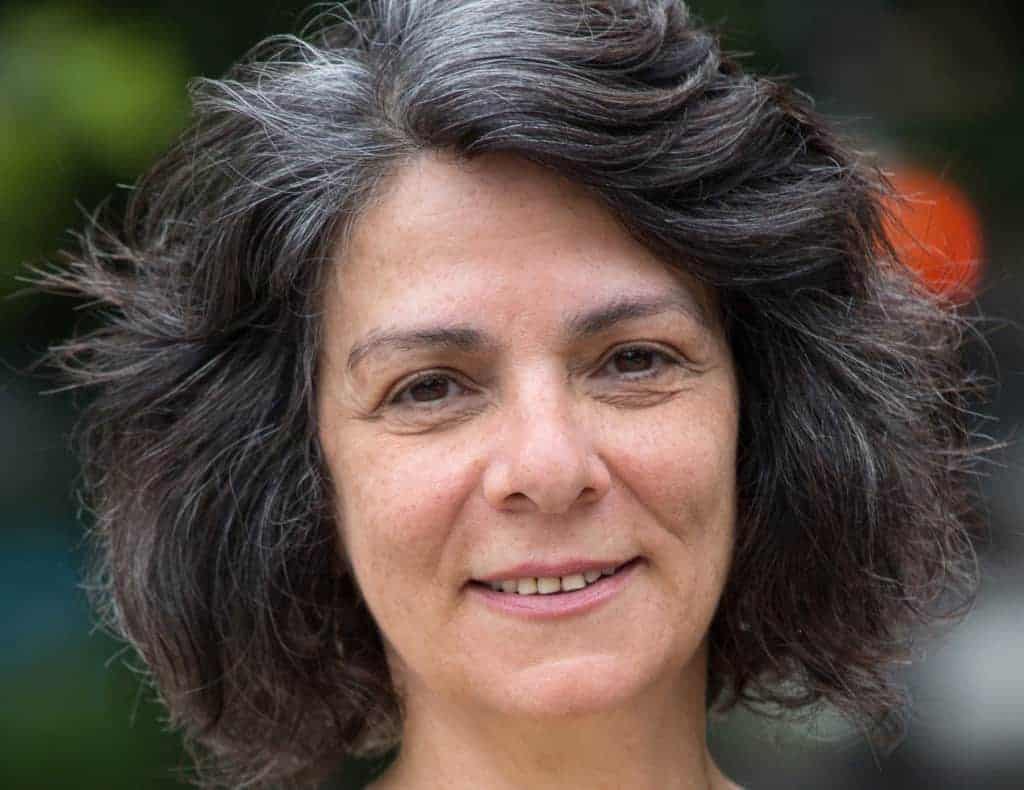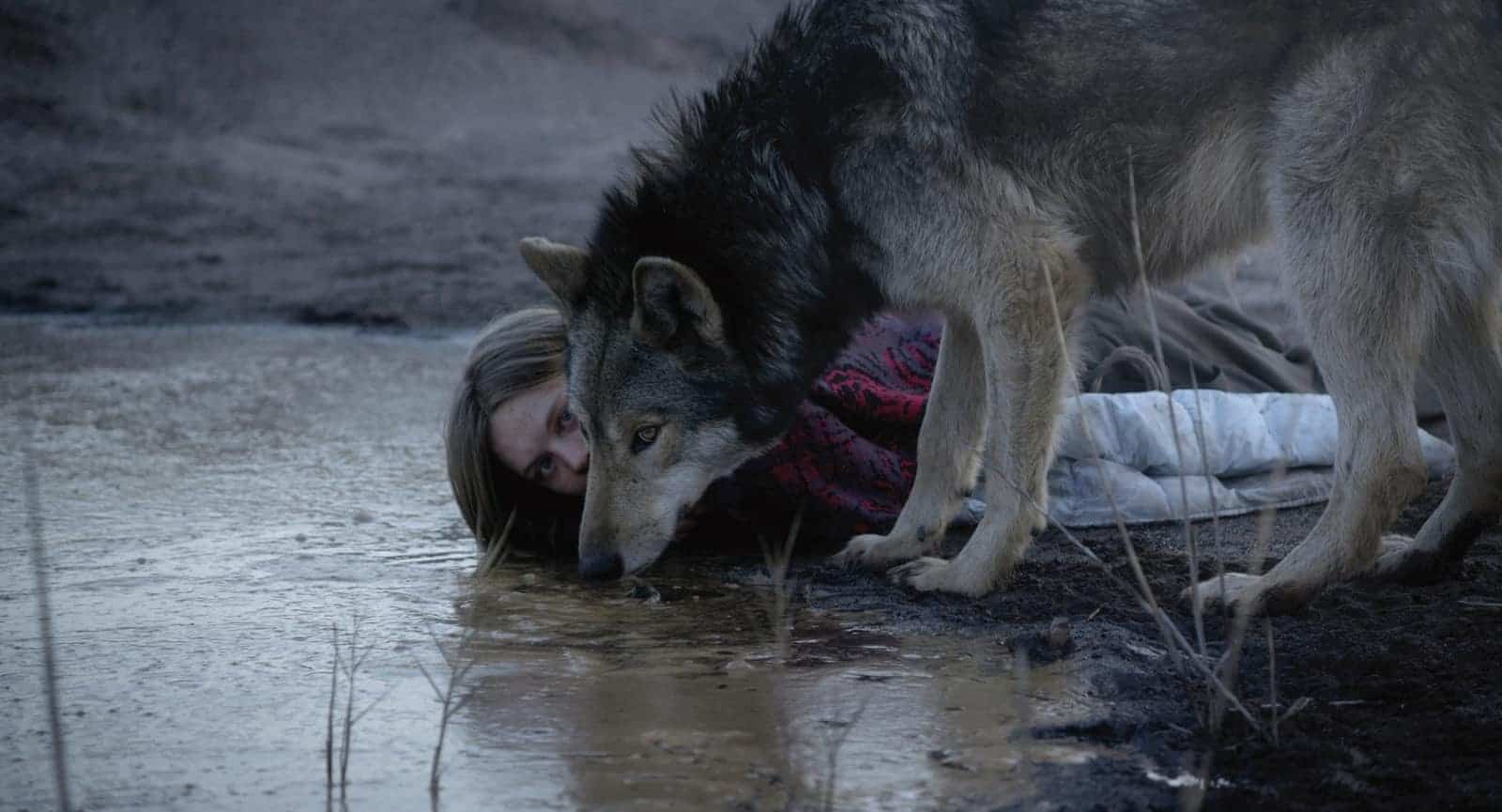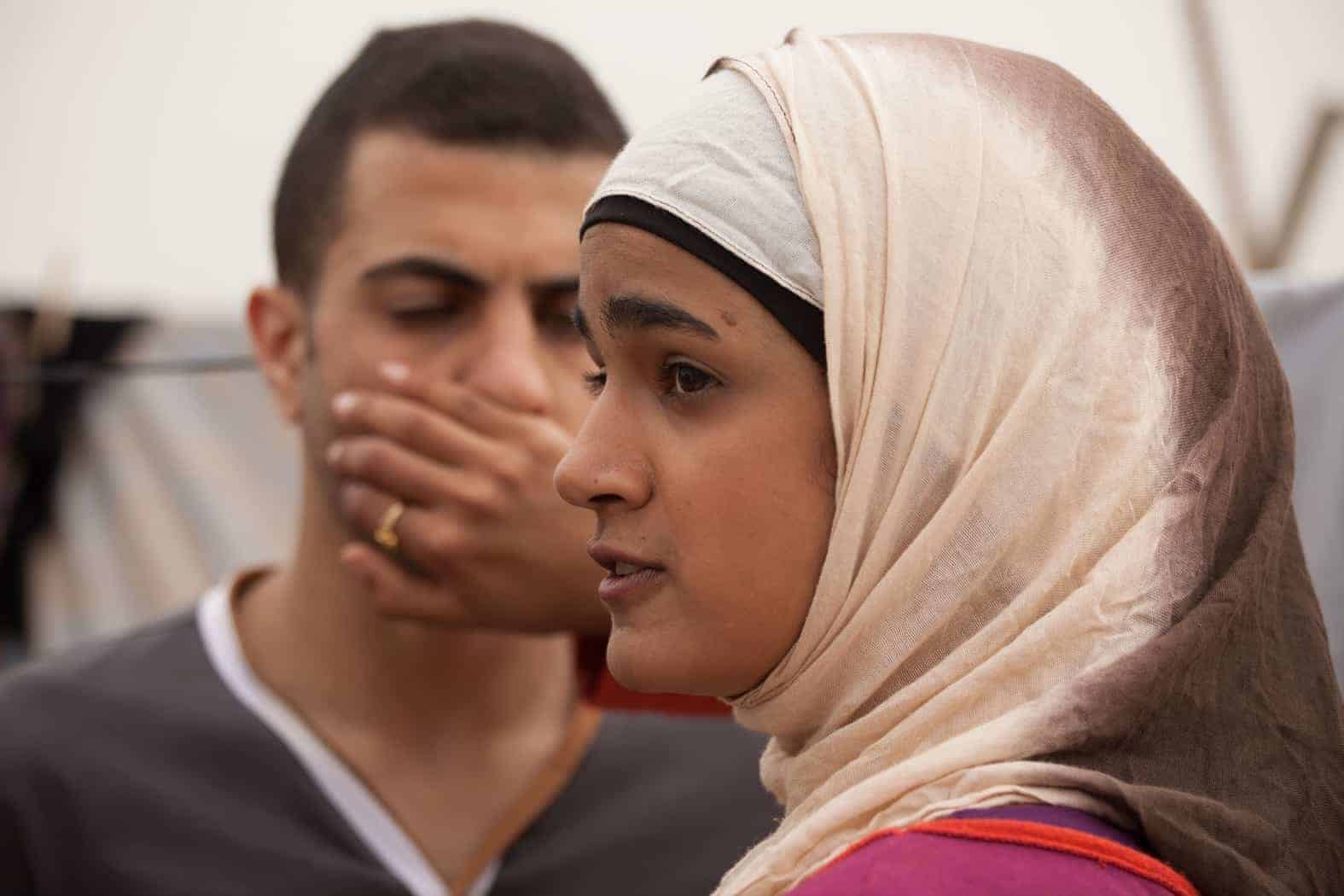Writer-director Maggie Greenwald’s Sophie and the Rising Sun is an unconventional period piece about race, public and private spaces, and romance. Set in 1941 in the South, the mysterious arrival of a badly beaten Japanese man disrupts small town life. Greenwald talked to us about adapting the novel, the importance of costumes and locations, and more.
Maggie Greenwald’s Sophie and the Rising Sun is an unconventional period piece about race, public and private spaces, and romance. Set in 1941, a small town in the South is disrupted by the mysterious arrival of Ota (Takashi Yamaguchi), a Japanese man who’s been badly beaten.
When widow Anne (Margo Martindale) agrees to house him in her backyard cottage, an unexpected friendship develops between the two over a shared love of gardening. It’s here that Ota meets Sophie (Julianne Nicholson), a single woman and outcast who flouts convention and has a history of ignoring race in her friendships. A tentative romance blooms between them, but keeps being stalled by the racism of the town, which can’t accept Ota as anything but “colored.”
At Sundance, I sat down with writer-director Maggie Greenwald to talk about adapting Augusta Trobaugh’s book for the screen, the importance of the costumes for character development, and creating the film’s aesthetic.

Seventh Row (7R): How did you get interested in working on this story?
Maggie Greenwald (MG): The book was given to me by our producers, Brenda Goodman and Nancy Dickenson. When I read the book, I loved the setting and the story. It felt like the characters from my other films had reappeared in different incarnations in this small Southern town. It connected very much to my previous body of work. It was a natural fit.
7R: What was the process for adapting the book?
MG: I think movies that try to be completely true to a book, to the letter, fail. But movies which are true to the essence of a book are very good. But it takes time to do that, to know what you need and what you don’t, to capture that essence.
The book by Augusta Trobaugh is a beautiful, very delicate piece. It’s more like a watercolour. For instance, the characters have almost no background or personal lives. As I was writing, I was like, “Who is Anne? Why does she say that?”
I did a lot of work on who are they and giving them lives, like giving Ruth a damaged son so that she wasn’t just a cardboard cutout religious fanatic bitch, but a tender mother and person who’s had a whole life.
The same thing with Ota, making him a farmer. He had no real identity, no clear life in the book. Most Japanese Americans, at that time, were farmers in the Northwest. The bulk of American vegetable and fruit farming was done by them, until the war when most of them lost their farms.
7R: How did you think about using windows and when people are looking through windows? When you’d just see a window, it was almost scary because someone was watching.
MG: That was the idea, never knowing when you were being watched, when someone was looking at you. For most people, that doesn’t matter. For someone like Sophie, it’s important, because she’s so private and unknown. And she is watched by Ruth and considered peculiar.
7R: The characters are all wearing costumes in their own lives and often hiding behind their clothes. What was the process for figuring out what each character would wear? The hats, especially, would often tip down and cover a face.
MG: We had a narrow amount of clothing to make choices from. The actors made a lot of the choices themselves. Diane Ladd [who plays the nosy, bigoted neighbour Ruth] was very particular about every hat in every scene. In the scene in the church, when she comes off as the nice person and forgives Sophie, she wanted to have that hat with the veil on.
Lorraine Toussaint [who plays Anne’s maid and then friend Salome] is the kind of actor who starts with picking out the clothes, from the ideas of the character’s life that we had come up with. She felt that, as a former singer with a band, she’d have had some flashy clothes that would be all threadbare and worn. She found, at the bottom of some pile of clothes that we were about to send back, that fantastic green velvet that that she wore.
Margo Martindale was very specific about wanting to be a woman who didn’t wear a hat, who was that much liberated that she didn’t feel that she had to have a hat on each time she went out.
7R: I really liked how the relationship between Ota and Sophie and how sweet and tender it was. I’m wondering how you thought about how the film progressed, how they could stand closer together.
MG: Using the formality of the period, and Ota, being a non-white man, he had to be very careful about his approaches toward Sophie. Sophie has experienced no intimacy in her life, so she’s so uncomfortable. It was something that had to happen very gradually and with some discomfort for both of them, not knowing when is the moment, and then misunderstanding each other when she asks him to stay. He leaves because he’s a gentleman. He’s affronted by her. But it’s her clumsiness in not knowing how to be intimate.
7R: It’s interesting how you’re framing changes as Ota’s relationship with Anne develops. There’s one shot when they’re gardening, when he’s close to the camera and she’s very far away. And soon after, they’re in the house, in a two-shot, but much closer together.
MG: That’s how you stage in terms of developing intimacy. In the first scene, where he comes out of the cottage, and she comes out of the house, I deliberately have the camera go to the side so we could see them in almost a showdown approaching each other, as strangers who can’t really see each other. They get closer and closer but maintain a safe distance.
One of the conveniences of being a writer-director is you can think of these things in the writing stage. I didn’t particularly say that they were far apart. But when we built the set, I knew that his cottage was going to be at the end of the garden, away from the house, and that there would be distance. Unconsciously, it’s there in those concepts.
7R: How did you work with the cinematographer to develop the aesthetic and colour choices?
MG: I didn’t want to do any of the conventional things we’ve seen, like sepia. I wanted us to be in the period, not nostalgic about the period. Wolfgang [Held, the cinematographer] and I started looking for visual references. I found some colour photographs from 1913 online, which became the basis of the look. We looked at other colour photographs up until 1930. The way that film captured colour at that time really emphasized the blue. But the colours were very vivid. We started out with more golden colours in the autumn, and as winter comes in, go more with the blue palette.
7R: How did you think about what kind of score you wanted?
MG: I wanted the radio and popular culture, the outside world, to have a strong role in the story, so that we feel the influences of the world around us. I wanted the score to be very subjective, connecting more with Sophie’s internal state. David Mansfield [the composer] and I started listening to some minimalist stuff, because that’s the direction that I was interested in. He came up with the idea of a string quartet, and that really worked for it.
7R: There’s a long tension at the beginning of the film before you get to see Sophie’s face. What was the thinking behind how you approached that? For example, the first time she goes out to meet Anne, we watch her prepare, going down the stairs, walking, but we don’t see her face.
MG: The idea of that was watching her put on her woman drag, her lady drag. She goes crabbing and does this unladylike work alone but keeps herself hidden. When she comes home, and goes out into society, she has to put her lady drag on and look like someone who doesn’t crab, who maintains propriety and social custom. A lot of that is in the details, in the dress and the gloves and the hat and the purse.
I wanted to start the film with Sophie in nature to set up the place and her connection with the world when she’s alone. I think she’s a very veiled person. Her story is about her unveiling.

